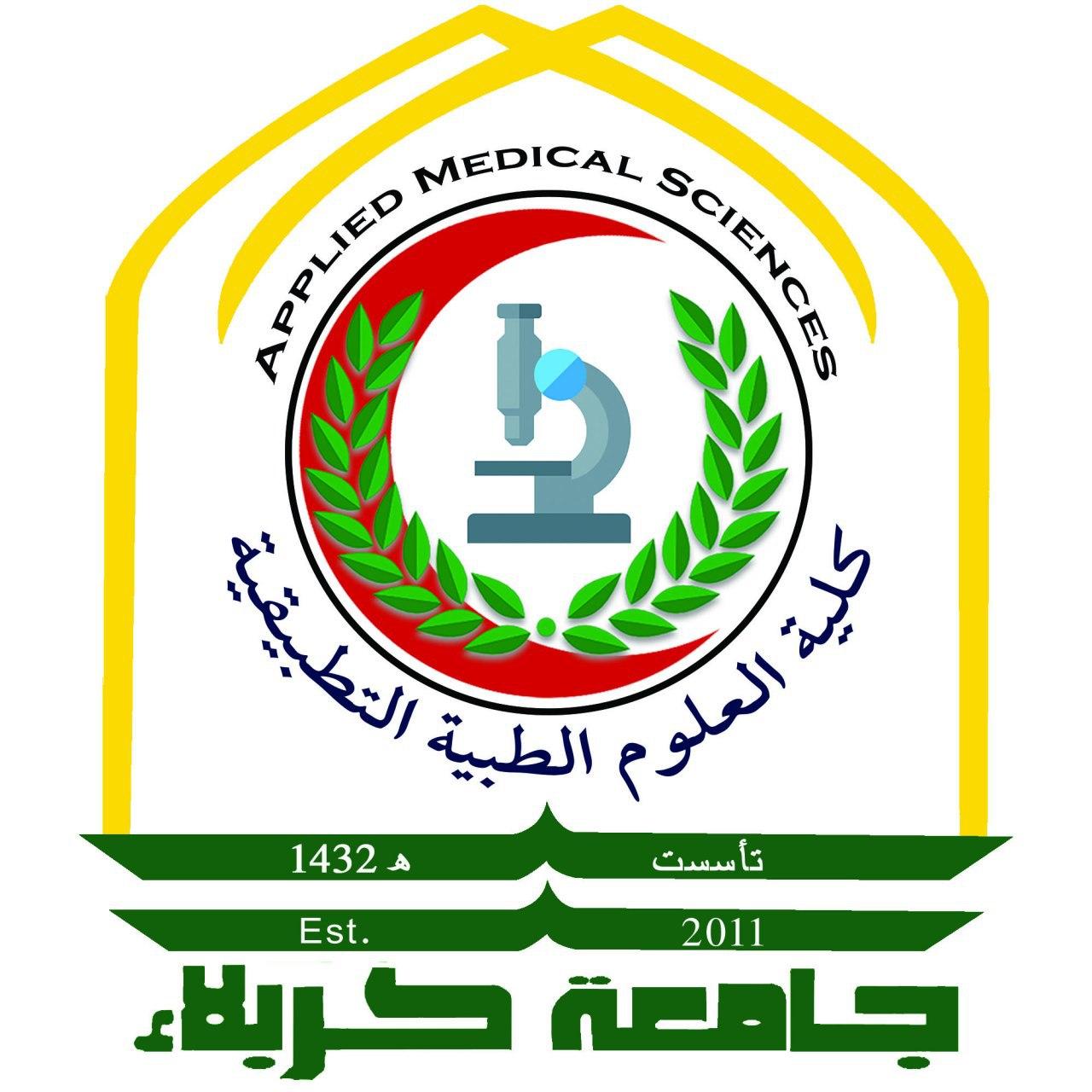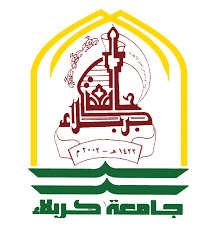The Relationship Between Blood Groups And Dermatophytoses Of Men In Karbala City
Alaa Abdul Hussein Al- Daamy 1 , Hassan Kareem Wadi 1 , Rafal Ahmed Abed Ali 1 and Retaj Haider Tauma1
1 Clinical Laboratory Department, Applied Medical Sciences College, Karbala University, Iraq.
ABSTRACT
Objective: The current study aims to investigate of the relationship between dermatophytoses and blood groups in men. Methods: 37 men patients with dermatophytoses who visited the hospitals in the holy province of Karbala were diagnosed with the clinical manifestations of them by dermatologists specialists in these hospitals, and blood samples were obtained in the laboratory and the ABO examination for them to know their blood groups and Rh. Results: Patients are men aged 3 to 80 years. The age group 16-28 years is the highest among the patients, reaching 62.16%. All patients were Rh positive (Rh+). People with blood group O are the most likely to develop dermatophytoses, with 43.23% of patients with blood group B 32.43% and A 16.22% , while the blood group AB is the lowest and 8.11%. The clinical manifestations of dermatophytoses were the most common among the others. The number of patients was 16 patients with tinea pedis most of them from blood groups B and O, followed by tinea capitis which reached 9 patients most of them blood group O. The statistical analysis showed that tinea pedis was significantly correlated with blood groups B and O , and tinea capitis significantly correlated with blood group O, and the rest of the clinical manifestations showed no significant correlation with any of the blood groups. Conclusion: That there is a relationship between infection of dermatophytoses and blood groups, specifically between tinea pedis, tinea capitis with blood groups B and O.
[/mhc_text][/mhc_column][/mhc_row][/mhc_section]





























































